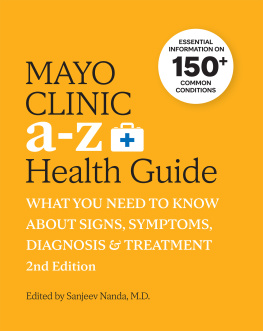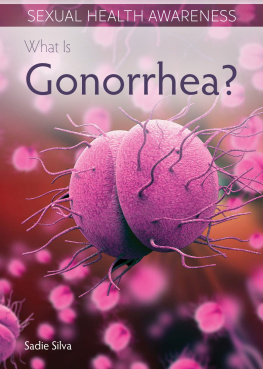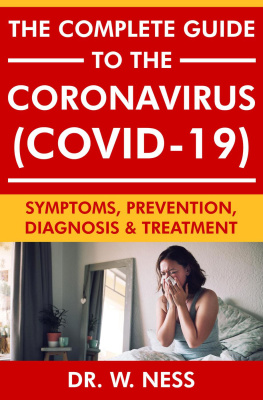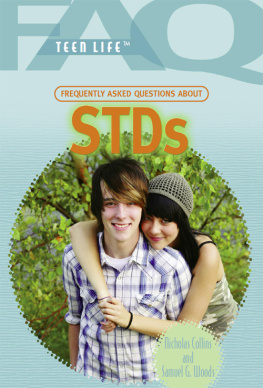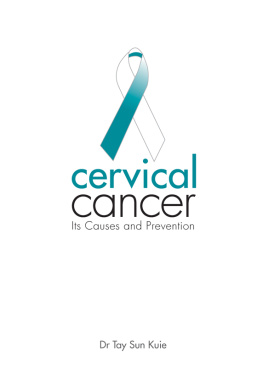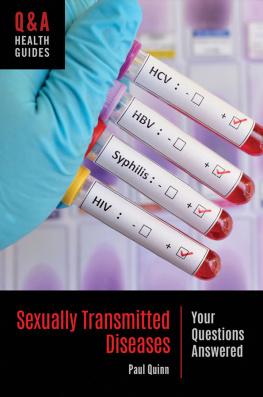From Luke to Liz, from Chloe to Justin, the people in this book could be anyone you knowincluding you. Because you like them and identify with them, you begin to believe, for real, that you, too, might get an STD and suffer the consequences. Every young person who is having sex or thinking about having sex should read this book.
Diane F. Clark, RN, Family Life Educator, Chesterfield County, Virginia
What do teenagers, soccer moms, CEOs, and medical students have in common? Each is at risk of contracting an STD. Seductive Delusions illustrates the stories behind sexually transmitted disease statistics, giving faces and emotions to these contagious infections. Dont be surprised if you find yourself thinking, That sounds like me! Dr. Grimes gives us the much-needed reality check and the necessary information to prevent us from becoming a character in Seductive Delusions.
Ashley Wietsma, writer of the Johns Hopkins Newsletter column Orgasmic Chemistry
Students reported that the stories of people like them made sexually transmitted diseases seem more real and the stories stuck with them much better than hearing just facts and stats.
Patty Amidon, Coordinator of Health and Peer Education, Alfred State College
Enthralls us with gripping tales of real people facing illness and tragedy. And the kick comes with how Grimes wisely brings the reader to be motivated to avoid the infectious danger that is truly out there. (Im getting copies for my kids.)... Should be a required textbook for all high school health classes.
Richard P. Holm, MD, National Association of Medical Communicators
One of my students said, Is it weird if some of the people in my group are reading this book like it is The Hunger Games? I thought that was a compliment to Dr. Grimes and Seductive Delusions!
Schoolteacher
Dr. Jill Grimes has found an innovative way to connect with young people. By telling the stories of everyday people, she speaks to a sizeable population who assumes that because they dont fall into a traditionally defined risk group, they are not at risk for STDs.
Ellen Friedrichs, sexedvice.com
All of the students really get into the book (you can hear a pin drop in class) and seem to connect to the book.
Schoolteacher
The book is a good gift for the teen in your life who just might be contemplating getting into a relationship (sexual or not).
Sacramento Book Review
Anyone who is sexually active is at risk of contracting an STD. By sharing these very real experiences, Dr. Grimes shows how everyday people can contract one of these preventable diseases. Everyone, including physicians, can learn from the stories in this book.
Robert E. Rakel, MD, Baylor College of Medicine
This is [a book] we wholeheartedly recommend for adolescents, their parents, and teachers.
Parenting Press
Grimes debunks the seductive delusion that people cannot catch STDs if they choose the right partner.
Library Journal
Read the book from cover to cover.... Knowledge is power.
Healthbolt.net
I would highly recommend this book to all sexually active young people. It is eye-opening and disturbing in the right sort of way.
www.getbetterhealth.com
Highly recommended.
Linda Carlson, PEP Talk
seductive delusions
seductive delusions
HOW EVERYDAY PEOPLE CATCH STIs
[second edition]
JILL GRIMES, MD

Note to the Reader: This book is not meant to substitute for medical care of people with sexually transmitted infections, and treatment should not be based solely on its contents. Instead, treatment must be developed in a dialogue between the individual and his or her physician. Our book has been written to help with that dialogue.
This book presents accounts of people who have an STI. None of the characters portrayed here are actual people; any resemblance to actual people is purely coincidental.
Drug dosage: The author and publisher have made reasonable efforts to determine that the selection of drugs discussed in this text conform to the practices of the general medical community. The medications described do not necessarily have specific approval by the US Food and Drug Administration for use in the diseases for which they are recommended. In view of ongoing research, changes in governmental regulation, and the constant flow of information relating to drug therapy and drug reactions, the reader is urged to check the package insert of each drug for any change in indications and dosage and for warnings and precautions. This is particularly important when the recommended agent is a new and/or infrequently used drug.
2008, 2016 Johns Hopkins University Press
All rights reserved. Published 2016
Printed in the United States of America on acid-free paper
9 8 7 6 5 4 3 2 1
The 2008 edition was published as Seductive Delusions: How Everyday People Catch STDs.
Johns Hopkins University Press
2715 North Charles Street
Baltimore, Maryland 21218-4363
www.press.jhu.edu
Library of Congress cataloging-in-publication data will be found at the end of this book.
A catalog record for this book is available from the British Library.
Special discounts are available for bulk purchases of this book. For more information, please contact Special Sales at 410-516-6936 or .
Johns Hopkins University Press uses environmentally friendly book materials, including recycled text paper that is composed of at least 30 percent post-consumer waste, whenever possible.
To all my patients,
in thanks for your trust
Contents
Preface
THE EVERYDAY WORLD OF medicine has raced forward in the years since the first edition of this book was published. Electronic medical records have all but replaced paper charts, and communication with patients often takes place by voice mail or texting over smartphones and tablets, rather than via landline phones and paper handouts. Guidelines for cervical cancer prevention and Pap tests have changed dramatically, and HPV vaccines are now routinely recommended for all children (boys and girls). Sexually transmitted diseases (STDs) are now referred to as sexually transmitted infections (STIs), primarily because the word disease implies a specific, easily identifiable set of symptoms, and most of these infections are largely silent. What has not changed in the past few years is the seductive delusion that if we choose the right people, there wont be any adverse emotional or physical consequences from sexual activity. No one seems to believe that STIs occur within their peer group.
In the exam room, patients who are diagnosed with a sexually transmitted infection invariably look at us in shock and dismay, sincerely wondering how this could possibly have happened to them. When our patients are students, their concerned parents are often angry, confused, or bitter, blaming themselves or broadly accusing society. The media certainly portray STIs as a distant issue, affecting only the social outcasts of our society. Although we hear about new hookups between superstars every week, when was the last time we heard of an actor or supermodel catching an STI? The common belief is that STIs belong with prostitutes and promiscuous people and not with people like us. Although people who have sex with multiple partners do have higher risks, the population most primary care physicians treat for STIs is not whom you might expect. What I want to make clear is that
Next page




